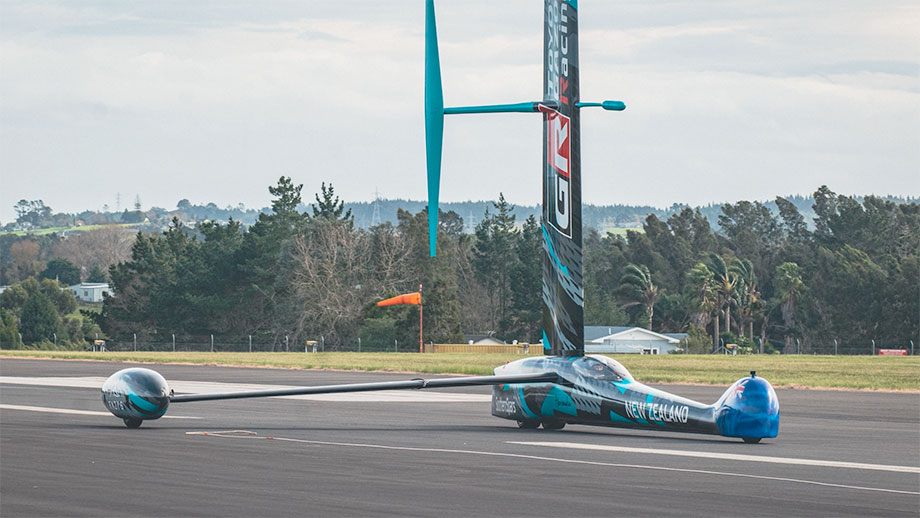World records are not broken every day, nor are they ever easy to achieve, but when they are there is usually a stringent process of verification that any attempt must go through.
While the recent World record for the oldest tandem parachute jump by 103 year old Rut Linnéa Ingegärd Larsson (Sweden) was verified by Guinness World Records, the Wind Powered Land Speed World Record has two governing bodies. There’s NALSA, (North American Land Sailing Association) and there’s also FISLY (International Land and Sand Yachting Federation).
Pilot Glenn Ashby has been working away in the background organising the required processes to ensure any attempt at the world record will be officially recognised.
“Both of those associations (NALSA & FISLY) can effectively ratify the result.” explained Ashby.
“Everything needs to be checked off by the official measurer that we will have on site. That judge, if you like, will also oversee the timing equipment and make sure that everything’s above board. We use a GPS system, a timing and a tracking system and there cannot be any stored energy as such in the craft. So every function that you do, whether it be steering or trimming the wing, all needs to be direct drive and provided only by human power. So all things being equal, we should have everything set up really well.”
For Ashby, as the pilot at record breaking speeds that will need to exceed 202.9km/h, his control is not much more than a two finger operation on a lever, some foot pedal pumps and some small steering adjustments when the craft is going really, really fast.
It isn’t just the craft itself that has stringent rules around it, the surface that ‘Horonuku’ will sail on is also restricted.
“The wind powered land speed record absolutely needs to be done on a natural surface. So it cannot be a tar sealed road or anything like that.
And that is one of the reasons we are heading towards Lake Gairdner in South Australia. The salt lake is completely natural, it is also a very, very flat surface as the rules also state that the course shall be within 3.3 feet (one metre) in elevation.
But on top of these two rule requirements we’re hoping that the location will provide us also enough grip on the surface and also the wind that will provide us power to go ahead and break this world record.”
There is also a rule specific to starting any speed run that says: “The yacht shall start from a dead stop without assistance from any external source other than humans, on foot, pushing” which means the wider Emirates Team New Zealand Land Speed team will literally be ‘hands on’ for any record run and Ashby knows this better than anyone.
“There’s been some amazing journeys throughout the course of history with wind powered craft. To be part of that history moving forward is a very, very special thing for all of us in this team and something that we hope we can leave our mark on at the top of…’ officially’ of course.”
There is one more key rule to keep in mind: The record speed must be more than one mile per hour (1.6km/h) for at least 3 seconds above the existing record to be beaten.
So the minimum target to exceed for a World Record run is in fact 204.5km/h for Glenn Ashby in Horonuku to become the fastest wind powered craft on land- ever.




















